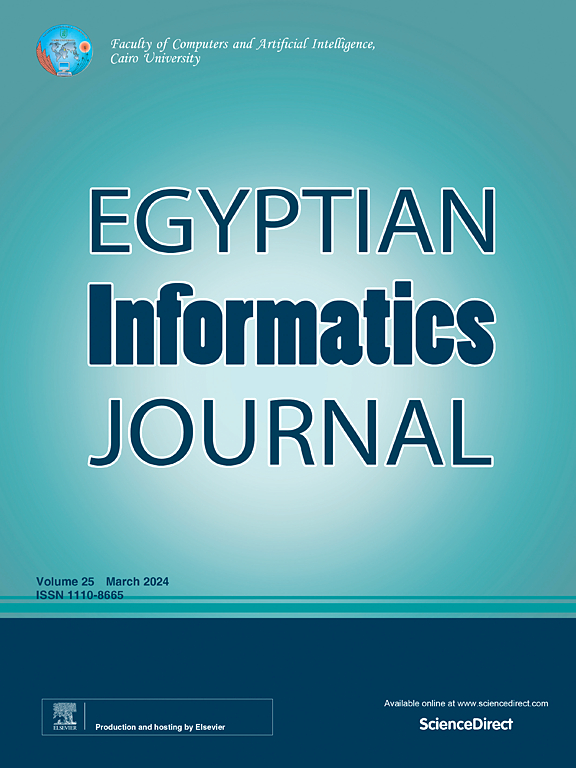Enhancing cancer detection in medical imaging through federated learning and explainable artificial intelligence: A hybrid approach for optimized diagnostics
IF 4.3
3区 计算机科学
Q1 COMPUTER SCIENCE, ARTIFICIAL INTELLIGENCE
引用次数: 0
Abstract
The diagnosis of cancer are crucial medical responsibilities that assist medical practitioners correctly classify and treat them accordingly. Machine learning applications are widely used in medical field as they identify patterns from clinical data. Traditional machine learning approaches often struggle with accurately identifying malignancies due to the complexity and variability of medical data. This study aims to enhance the accuracy and interpretability of cancer detection models by integrating LightGBM with SHAP (SHapley Additive exPlanations) within a federated learning framework. The innovation of this research lies in the combination of LightGBM’s ability in handling high dimensional feature of large data size with SHAP’s detailed interpretability metrics. This integration not only facilitates accurate cancer detection but also provides insights into the contributing factors of the model’s predictions, making it easier for healthcare professionals to trust and utilize these models. The federated learning approach allows multiple institutions to collaborate in training the model without sharing raw patient data, ensuring data privacy while benefiting from diverse datasets. The integrated framework achieved a remarkable accuracy of 98.3% in cancer detection, with precision, recall, and F1 scores of 97.8%, 97.2%, and 95%, respectively. These results indicate that the proposed method effectively identifies cancer cases while maintaining high interpretability, allowing for better decision-making in clinical settings. The integration of LightGBM with SHAP within a federated learning framework provides a powerful and effective solution for cancer detection.
通过联合学习和可解释的人工智能增强医学成像中的癌症检测:优化诊断的混合方法
癌症的诊断是至关重要的医疗责任,帮助医生正确分类和治疗。机器学习应用广泛应用于医学领域,因为它们可以从临床数据中识别模式。由于医疗数据的复杂性和可变性,传统的机器学习方法往往难以准确识别恶性肿瘤。本研究旨在通过在联邦学习框架内整合LightGBM和SHapley加性解释(SHapley Additive exPlanations)来提高癌症检测模型的准确性和可解释性。本研究的创新之处在于将LightGBM处理大数据规模的高维特征的能力与SHAP详细的可解释性指标相结合。这种集成不仅促进了准确的癌症检测,而且还提供了对模型预测的影响因素的见解,使医疗保健专业人员更容易信任和利用这些模型。联邦学习方法允许多个机构在不共享原始患者数据的情况下协作训练模型,确保数据隐私,同时受益于不同的数据集。该集成框架在癌症检测方面的准确率达到了98.3%,其中准确率、召回率和F1得分分别为97.8%、97.2%和95%。这些结果表明,所提出的方法有效地识别癌症病例,同时保持高可解释性,允许在临床设置更好的决策。LightGBM与SHAP在联邦学习框架中的集成为癌症检测提供了强大而有效的解决方案。
本文章由计算机程序翻译,如有差异,请以英文原文为准。
求助全文
约1分钟内获得全文
求助全文
来源期刊

Egyptian Informatics Journal
Decision Sciences-Management Science and Operations Research
CiteScore
11.10
自引率
1.90%
发文量
59
审稿时长
110 days
期刊介绍:
The Egyptian Informatics Journal is published by the Faculty of Computers and Artificial Intelligence, Cairo University. This Journal provides a forum for the state-of-the-art research and development in the fields of computing, including computer sciences, information technologies, information systems, operations research and decision support. Innovative and not-previously-published work in subjects covered by the Journal is encouraged to be submitted, whether from academic, research or commercial sources.
 求助内容:
求助内容: 应助结果提醒方式:
应助结果提醒方式:


